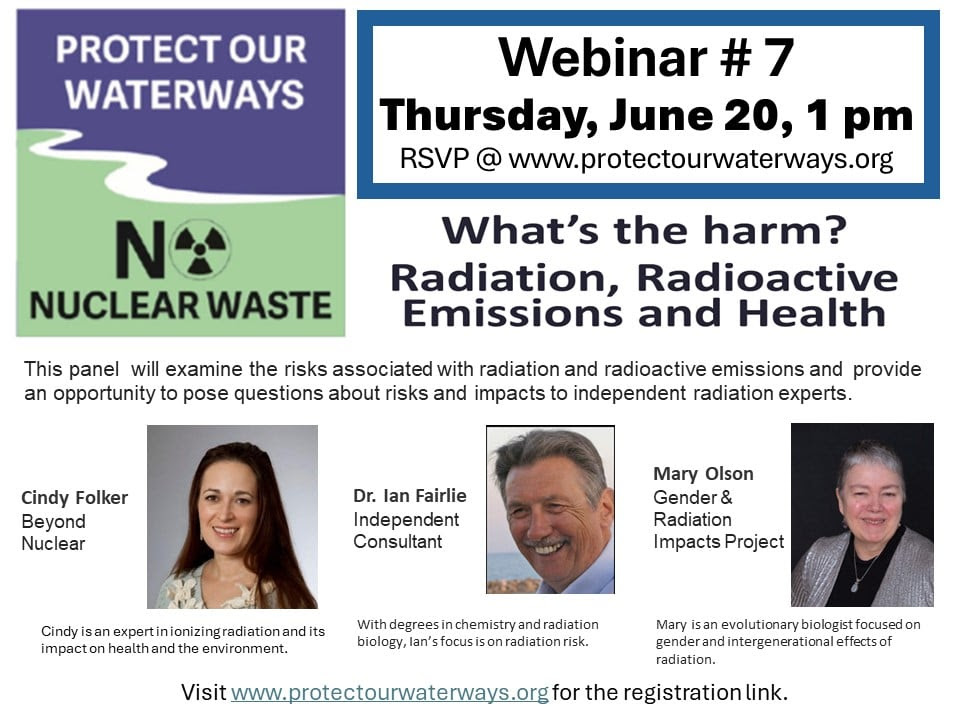Fukushima struggling to get people back, 10 years after disaster
An elementary school building in Namie, Fukushima Prefecture, is seen deserted in January. Municipalities near the crippled nuclear power plant in Fukushima have been struggling to bring residents back. February 22, 2021
February 22, 2021
Fukushima – Municipalities near the crippled nuclear power plant in Fukushima Prefecture have been stepping up efforts to bring residents back, a decade after the March 2011 triple reactor meltdown.
In areas in 10 Fukushima municipalities that were once off-limits due to radiation from the nuclear disaster, the ratio of actual to registered residents is as low as 31.8%.
Years of evacuation orders following the disaster at Tokyo Electric Power Company Holdings Inc.’s Fukushima No. 1 nuclear plant have left many registered residents unwilling to return, leaving officials concerned about the survival of their municipalities.
Taki Shoji, an 87-year-old former evacuee, returned from the city of Aizuwakamatsu further inland in the prefecture to the town of Okuma in April 2019 after an evacuation order was lifted.
In Aizuwakamatsu, Shoji struggled with snow-removing work during wintertime that he was not accustomed to.
“Living in a large house makes me feel calm,” he said, referring to his life in his warmer, coastal hometown.
Shoji needs to go to a neighboring town by bus to shop because local stores offer only a limited supply of goods. He is looking forward to the opening in spring of a commercial facility in Okuma that houses convenience and grocery stores. It “will allow me to go shopping by foot,” he said.
The ratio of actual to registered residents is especially low, at less than 20%, in the towns of Namie and Tomioka, where it took about six years for people to return after the nuclear accident.
A survey of Namie and Tomioka residents last summer by the Reconstruction Agency and others showed that greater access to shopping and medical and welfare services is needed for evacuees to return to their hometowns.
These municipalities are taking steps to encourage people to relocate to them.
The village of Iitate, where the ratio of actual to registered residents stands at about 30%, offers support measures for those willing to relocate, including up to ¥5 million in subsidies for the construction of a new house. As a result, the number of people who have relocated to Iitate topped 100 in summer last year.
Namie plans to create new jobs mainly in the renewable energy industry to bring more people to the town. “The current population is not enough to maintain infrastructure and administrative services and it’s difficult to keep the town afloat,” Namie Mayor Kazuhiro Yoshida said.
The government will start a new program in fiscal 2021, which begins in April, to provide up to ¥2 million per household to people relocating to Fukushima areas affected by the nuclear accident.
Fukushima Prefecture plans to promote support for both evacuees’ return to hometowns and relocation by making use of the aid from the government. “Unless there are people, there will be no reconstruction,” a prefectural official said.https://www.japantimes.co.jp/news/2021/02/22/national/fukushima-residents-struggle/
No comments yet.
-
Archives
- June 2024 (181)
- May 2024 (373)
- April 2024 (366)
- March 2024 (335)
- February 2024 (345)
- January 2024 (374)
- December 2023 (333)
- November 2023 (342)
- October 2023 (366)
- September 2023 (353)
- August 2023 (356)
- July 2023 (362)
-
Categories
- 1
- 1 NUCLEAR ISSUES
- business and costs
- climate change
- culture and arts
- ENERGY
- environment
- health
- history
- indigenous issues
- Legal
- marketing of nuclear
- media
- opposition to nuclear
- PERSONAL STORIES
- politics
- politics international
- Religion and ethics
- safety
- secrets,lies and civil liberties
- spinbuster
- technology
- Uranium
- wastes
- weapons and war
- Women
- 2 WORLD
- ACTION
- AFRICA
- Atrocities
- AUSTRALIA
- Christina's notes
- Christina's themes
- culture and arts
- Fuk 2022
- Fuk 2023
- Fukushima 2017
- Fukushima 2018
- fukushima 2019
- Fukushima 2020
- Fukushima 2021
- general
- global warming
- Humour (God we need it)
- Nuclear
- RARE EARTHS
- Reference
- resources – print
- Resources -audiovicual
- World
- World Nuclear
- YouTube
-
RSS
Entries RSS
Comments RSS



Leave a comment